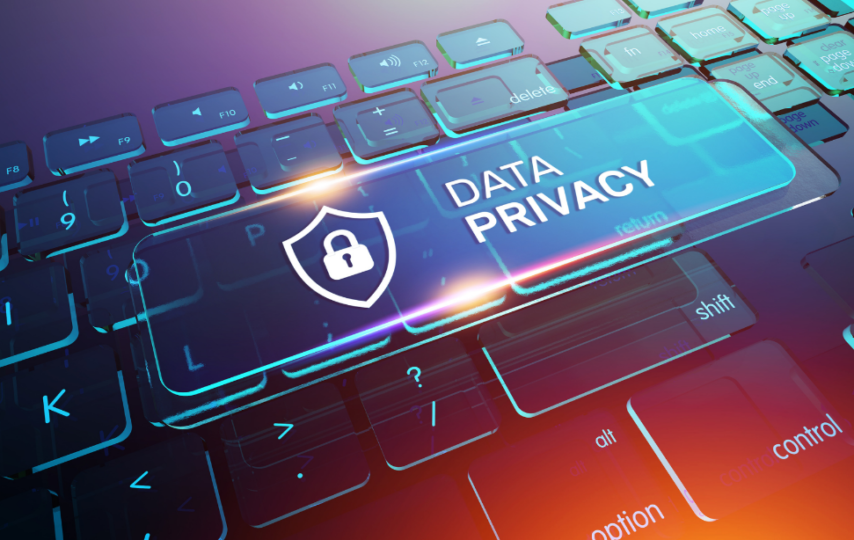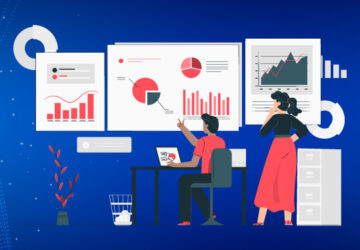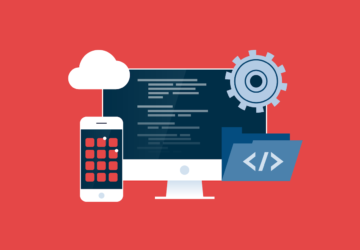In this day and age, it’s essential to understand the basics of data privacy and security to protect ourselves from potential harm. This includes being aware of the risks associated with sharing our personal information online, understanding how to identify and prevent cyber-attacks, and knowing how to protect our digital identities.
In this article, we will explore the fundamentals of data privacy and security and provide you with some practical tips for staying safe online.
What is Data Privacy?
Data privacy refers to the protection of personal information from unauthorised access, use, or disclosure. Individuals can control their data and decide who has access to it, for what purposes, and how it is used.
Importance of Data Privacy
Data privacy is essential for safeguarding individuals’ rights and protecting their personal information from misuse or abuse. Personal data includes information such as names, addresses, phone numbers, email addresses, financial information, medical records, and other sensitive information.
Examples of personal data that need to be protected
Personal data needs to be protected because it can be misused or exploited. For instance, if someone gains access to your credit card information, they can use it to make unauthorised purchases. Other examples of personal data that need to be protected include social security numbers, driver’s license numbers, passwords, and login credentials.
Data breaches and their impact on individuals and businesses
A data breach is a security incident that occurs when an unauthorised person gains access to sensitive or confidential data. Data breaches can occur due to various reasons, such as hacking, malware, phishing, or even human error. The impact of data breaches can be severe, both for individuals and businesses. Individuals may suffer identity theft, financial losses, or damage to their reputations. Businesses may face legal action, loss of customer trust, and financial penalties.
Overview of Data Privacy Laws and Regulations in Australia
In Australia, data privacy is regulated by the Privacy Act 1988, which sets out the legal framework for the protection of personal information. The Privacy Act defines how personal information can be collected, used, and disclosed by organisations and outlines individuals’ rights regarding their personal information.
The Privacy Act applies to most Australian government agencies and private sector organisations with a turnover of over $3 million per year. Additionally, the Notifiable Data Breaches (NDB) scheme requires organisations to notify individuals if their personal information is involved in a data breach that is likely to cause serious harm.
What is Data Security?
Data security refers to the protection of digital information from unauthorised access, theft, or damage. It is the process of safeguarding sensitive data from theft, misuse, or corruption, ensuring that data remains confidential, available, and accurate.
Importance of Data Security
Data security is crucial for safeguarding sensitive information, including personal information, intellectual property, and financial data. A data breach can lead to serious consequences, such as financial losses, identity theft, or legal action.
Different types of data security
There are various types of data security measures, including:
- Encryption – the process of converting plaintext data into ciphertext to protect it from unauthorised access. Encrypted data can only be accessed by authorised users who have the decryption key.
- Firewalls – a network security system that monitors and controls the incoming and outgoing network traffic based on predetermined security rules.
- Access controls – the process of limiting access to sensitive information to authorised personnel.
- Data backup – the process of creating a duplicate copy of data to protect it from loss due to accidental deletion, system crashes, or cyber-attacks.
Common cyber threats
Cyber threats are malicious attempts to access, damage, or disrupt digital information. Some common cyber threats include:
- Malware – malicious software that can infect a computer, steal data, or cause damage to the system.
- Phishing – fraudulent emails or websites designed to trick users into revealing sensitive information, such as login credentials or credit card details.
- Ransomware – a type of malware that encrypts a victim’s files and demands payment in exchange for the decryption key.
Best practices for data security
To enhance data security, individuals and organisations should follow best practices, such as:
- Strong passwords – using unique, complex passwords and changing them regularly.
- Two-factor authentication – using a second form of verification, such as a text message or a mobile app, to add an extra layer of security to login credentials.
- Keeping software up to date – regularly updating software and applications to fix security vulnerabilities.
- Educating employees – training employees to identify and avoid common cyber threats.
How to Protect Your Personal Information Online
- Protecting personal information on social media platforms
- Adjust privacy settings to control who can view your profile and posts.
- Be cautious of the information you share online, including your location, birthdate, and contact details.
- Think twice before accepting friend requests or following unknown accounts.
- Regularly review and remove any unnecessary personal information from your social media profiles.
- Creating strong passwords
- Use unique and complex passwords for each online account.
- Avoid using personal information, such as your name or birthdate, in your password.
- Use a combination of letters, numbers, and symbols to create a strong password.
- Change your passwords regularly, at least once every three months.
- Enabling two-factor authentication
- Two-factor authentication is an extra layer of security that requires you to provide a second form of verification, such as a code sent to your phone, in addition to your password.
- Enable two-factor authentication for all your online accounts that offer it.
- Use a trusted device to receive the verification code, such as your phone or email.
- Using Virtual Private Networks (VPNs)
- VPNs encrypt your internet connection, making it difficult for hackers to access your personal information.
- Use a VPN when connecting to public Wi-Fi networks, such as at cafes or airports.
- Use a reputable VPN service that does not log your internet activity.
- Spotting and avoiding common phishing scams
- Be cautious of unsolicited emails or messages that ask for personal information or money.
- Verify the sender’s identity before responding to any requests for personal information.
- Avoid clicking on links or downloading attachments from unknown or suspicious sources.
- Use anti-virus and anti-malware software to protect your devices from phishing attacks.
Conclusion
Protecting personal data and ensuring data security is becoming increasingly important in our digital world. With the rise of cyber-attacks and data breaches, it is essential to take proactive measures to protect personal information online. By understanding data privacy and security concepts, individuals and businesses can take steps to secure their data and prevent unauthorised access or theft.
By following best practices, such as creating strong passwords, enabling two-factor authentication, and using VPNs, individuals can protect their personal information online and minimise the risk of cyber threats. It is crucial to stay informed and vigilant when it comes to data privacy and security, as this will help to protect sensitive information from unauthorised access and maintain trust in the digital world.








